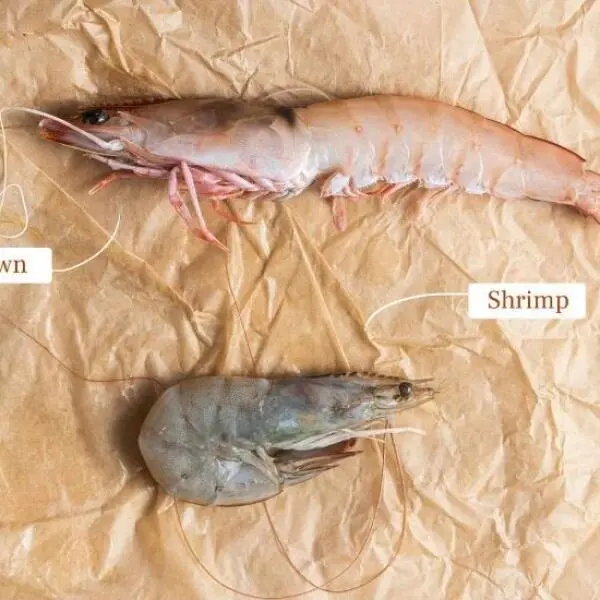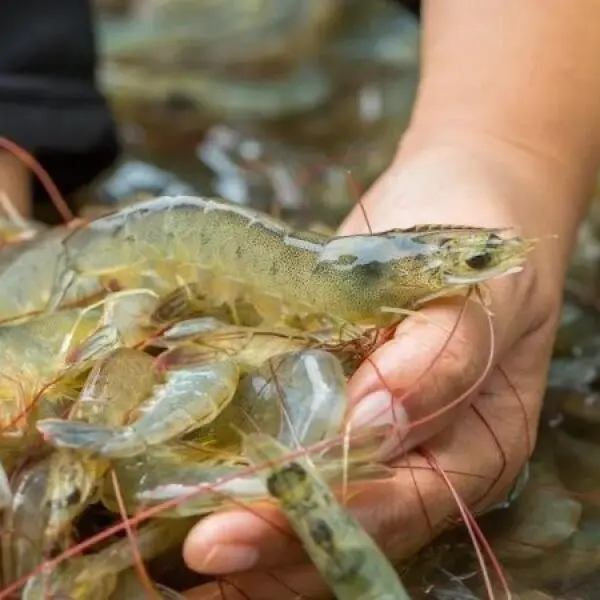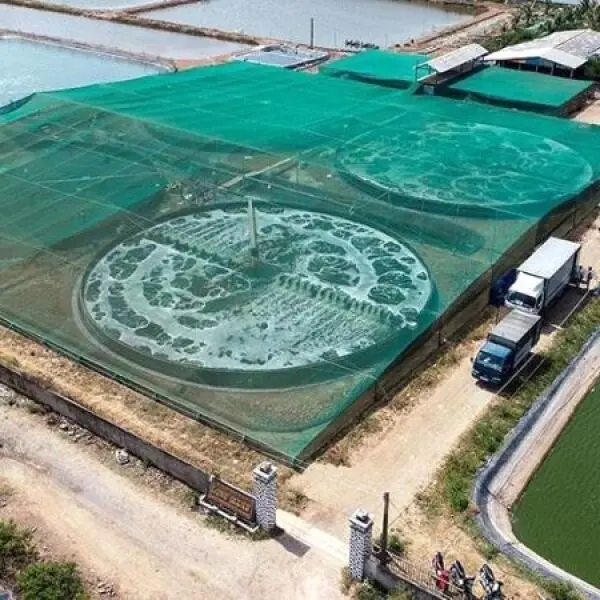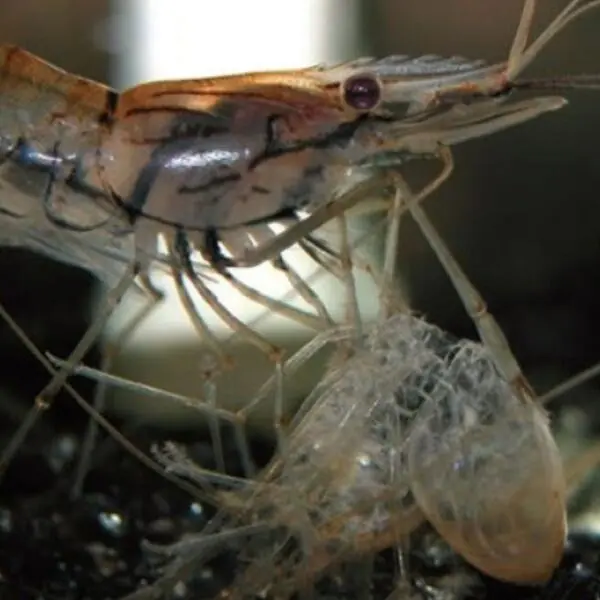
Pink shrimp (Farfantepenaeus duorarum) stands as one of the most valuable and fascinating marine species in the southeastern United States. These remarkable crustaceans have captured the attention of both seafood enthusiasts and marine biologists alike, offering not only culinary excellence but also playing a crucial role in marine ecosystems. This comprehensive guide delves deep into understanding these remarkable creatures, their habitat, biology, and significance in both commercial and ecological contexts.
Understanding Pink Shrimp: Physical Characteristics and Identification
Pink shrimp possess distinct physical features that make them easily identifiable among other shrimp species. Their body structure includes ten slender walking legs complemented by five pairs of swimming legs positioned along their abdomen. One of their most distinguishing characteristics is the presence of a dark-colored spot between their third and fourth abdominal segments on each side, accompanied by a striking dark blue band on their tails. The species also features a grooved carapace and a toothed rostrum that extends beyond their eyes, setting them apart from similar species like brown shrimp.

Understanding Pink Shrimp
Biology and Life Cycle: A Fascinating Journey
Despite their relatively short lifespan of less than two years, pink shrimp demonstrate remarkable biological characteristics and reproductive capabilities. Their growth rate is particularly impressive, with individuals capable of reaching lengths exceeding 8 inches under optimal conditions. Environmental factors, especially water temperature and salinity, play crucial roles in their development.
The reproductive cycle of pink shrimp is equally fascinating. Female specimens typically begin reproduction when they reach approximately 3.3 inches in length. During spawning periods, which peak from April to July in Florida and May to July in North Carolina, females release an astounding 500,000 to 1 million eggs near the ocean floor. This impressive reproductive capacity helps maintain healthy population levels despite natural predation and commercial harvesting.
Habitat Distribution and Behavioral Patterns of Pink Shrimp
Pink shrimp demonstrate a wide distribution pattern along the Atlantic and Gulf coasts, spanning from Chesapeake Bay to the Florida Keys and throughout the Gulf of Mexico. Their highest concentrations are found off southwestern Florida and in the southeastern Gulf of Campeche. These crustaceans show a clear preference for specific habitat types, favoring areas with sandy, shell, or coral-mud bottoms.
Their behavioral patterns are particularly intriguing, with a distinct nocturnal nature. During daylight hours, pink shrimp bury themselves in the substrate for protection, emerging at night to engage in migration and feeding activities. Juvenile specimens find sanctuary in estuarine environments rich in marsh grasses, which provide both sustenance and shelter during their crucial early development stages.
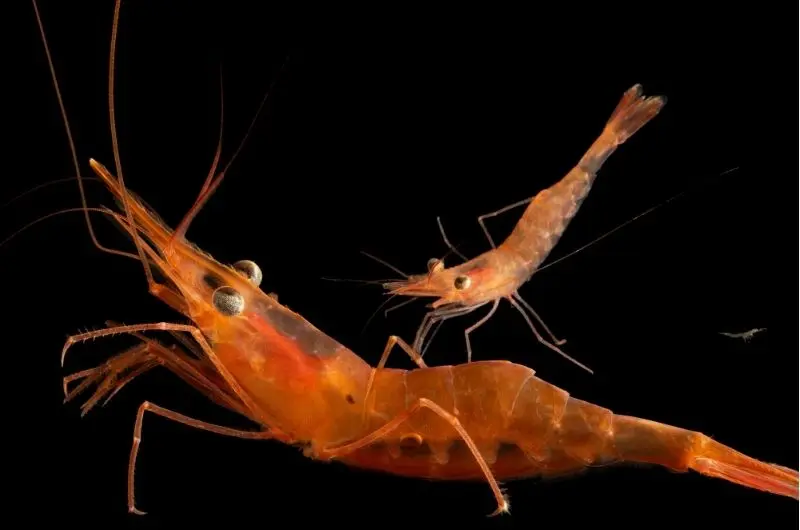
Habitat Distribution and Behavioral Patterns of Pink Shrimp
Diet, Predation, and Ecological Role
The dietary habits of pink shrimp evolve throughout their life cycle. In their larval stage, they primarily consume plankton, while juveniles and adults expand their diet to include small mollusks, algae, diatoms, and detritus. This adaptable feeding pattern helps ensure their survival across different life stages and habitats.
Within the marine food web, pink shrimp serve as prey for numerous species, including sheepshead minnows, water boatmen, blue crabs, and various finfish. This position makes them an essential link in marine ecosystems, contributing significantly to biodiversity and ecological balance.
Commercial Importance and Sustainable Management
The commercial significance of pink shrimp cannot be overstated, with the 2022 harvest reaching approximately 14.5 million pounds, valued at an impressive $37 million. Florida's west coast dominates production, contributing over 75% of the total U.S. pink shrimp harvest. The primary harvesting method involves using trawls near the ocean floor, with careful attention paid to minimizing environmental impact through the use of weak-link tickler chains and strategic gear placement.
Management strategies differ between the Gulf of Mexico and South Atlantic regions, though both emphasize sustainability. Key management entails:
- Mandatory permits for harvesting in federal waters
- Required fishing trip reports and onboard observers
- Implementation of turtle excluder devices (TEDs)
- Adopting bycatch reduction strategies
- Seasonal restrictions on access to certain natural areas
- Fleet size limitations through permit restrictions

Commercial Importance and Sustainable Management
Scientific Insights and Population Dynamics
Recent scientific studies have revealed fascinating aspects of pink shrimp biology, including their protandric hermaphroditism – beginning life as males before transitioning to females around 1.5 years of age. This unique characteristic contributes to their population resilience. Female specimens can carry up to 3,900 eggs, with hatching occurring during late spring.
Growth patterns show rapid development during warm months, with regular molting of their carapace to accommodate size increases. One-year-old specimens typically measure 0.5 to 0.7 inches in carapace length, while three-year-olds can reach 1.1 inches.
Conservation Status and Future Outlook for Pink Shrimp
Current population assessments indicate healthy stocks in both the Gulf of Mexico and South Atlantic regions. As of recent evaluations, neither stock shows signs of overfishing, though natural mortality rates remain significant, ranging from 43% to 76% over winter periods. Environmental conditions, including predation and temperature fluctuations, continue to play crucial roles in population dynamics.
Conclusion
Pink shrimp represent more than just a valuable commercial resource; they embody the delicate balance between marine ecology and sustainable human utilization. Their role in marine ecosystems, combined with their commercial importance, underscores the need for continued research and careful management. As we look to the future, maintaining this balance will be crucial for ensuring the long-term sustainability of this remarkable species.
Understanding and appreciating pink shrimp in their entirety – from their unique biological characteristics to their ecological significance – helps us better protect and manage this valuable marine resource for future generations. Through continued research, sustainable management practices, and careful monitoring, we can ensure that pink shrimp continue to thrive in our oceans while supporting both marine ecosystems and human needs.
Related Articles
What is White Shrimp? A Deep Dive into This Iconic Seafood
White shrimp (Litopenaeus setiferus) stands as one of the most commercially significant seafood ...
Shrimp and Prawns: Unveiling the Differences and Similarities
If you’ve ever encountered a seafood menu or a bustling fish market, you’ve likely seen the terms ...
Want to learn more about type of shrimp? From ocean to plate
Shrimp is a versatile and beloved seafood staple, but few realize the incredible variety of shrimp ...
How big can tiger shrimp grow?
Tiger shrimp , including the highly sought-after black tiger shrimp, is a lucrative species in the ...
How Can We Make Shrimp Farming More Sustainable?
The shrimp farming industry in Vietnam has emerged as a cornerstone of the nation's aquaculture ...
What Happens When a Shrimp Molts?
Shrimp molting is a critical process in the life cycle of shrimp, where they shed their old ...


